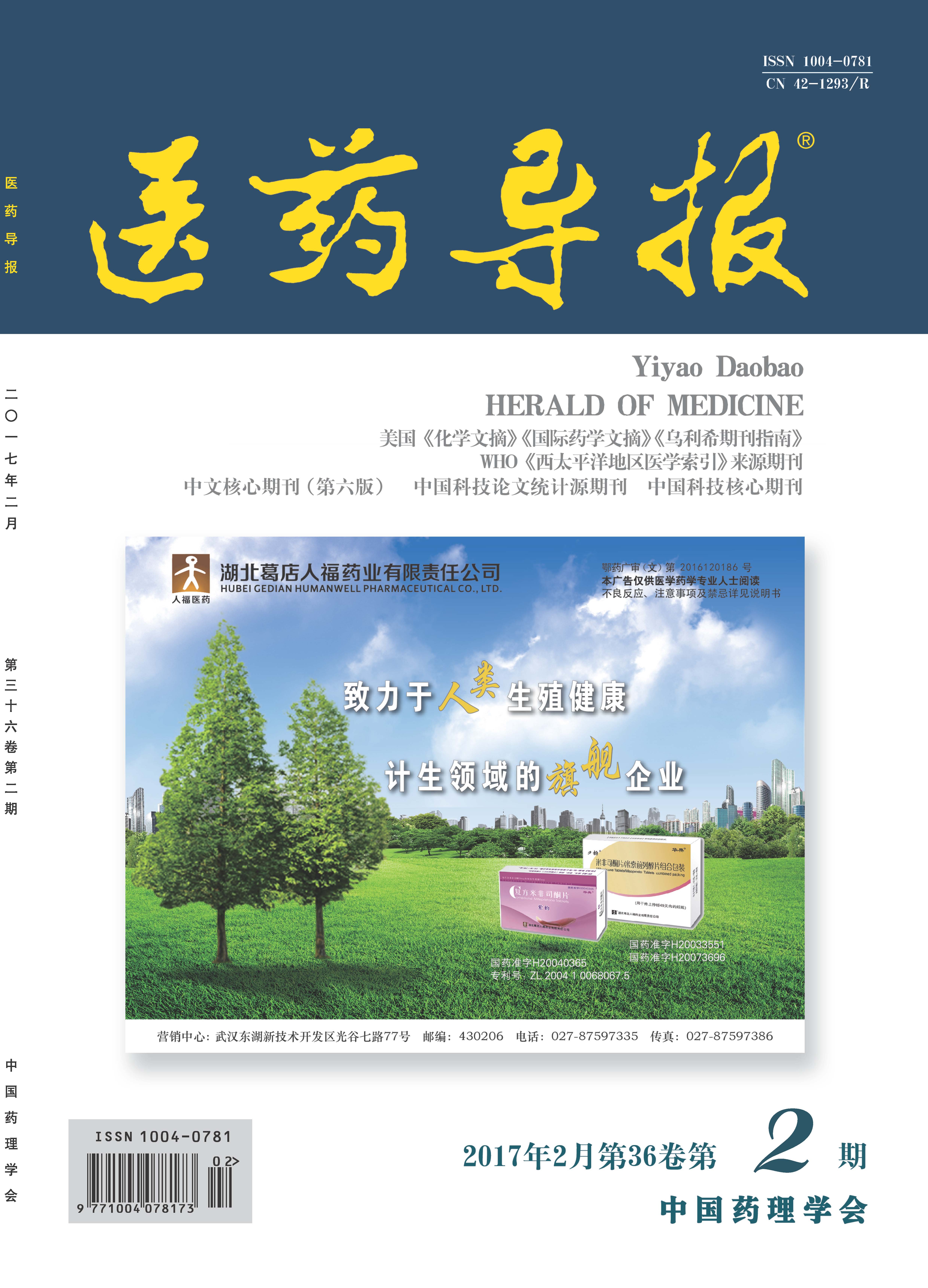
Natural Calculus Bovis, one of the precious traditional Chinese medicines, is the dried gallstone in bovine gallbladder, bile duct or hepatic duct. It is one of the essential components of the formulation of a variety of traditional Chinese medicines. Due to high price and rareness of natural Calculus Bovis, Chinese researchers have developed artificial Calculus Bovis, cultured Calculus Bovis and Calculus Bovis Sativus as substitutes of it. They are mainly composed of bilirubin, bile acids, amino acids and inorganic elements. Due to the co-existence of natural Calculus Bovisa and its substitutes in the market, and the complex composition of them, identification, quality control and material basis study of them are important issues in recent years. Currently, the quality control of them mainly focus on cholic acid and bilirubin. In order to fully solve the quality control problem of natural Calculus Bovis and its substitutes, researches on testing techniques of other bile acids or other components have already started. In this paper, research progress on the chemical compositions, quality control and the test technology of bilirubin, bile acids, amino acids and other components of Calculus Bovis are reviewed, in order to provide reference for further research of Calculus Bovis.
Fever in patients with severe craniocerebral injury was a frequent occurrence. The rate of fever patients lead to plant man or death high up to 28%-72%. The univariate analysis found that there was significant association between fever and motality. One of the common cause of fever was non-infectious fever, which related with craniocerebral injury, including central fever,dehydration fever, clonus and rebleading fever. The major complication was central high fever after servere craniocerebral injury. The temperature high up to 39 ℃, which aggravated the original basic diseases, lead to respiratory and circulatory failure. Another cause of fever was infection fever which associated with nosocomial infection. Serious disease,long hospiltal stay, high proportion of invasive operation, coma were the high risk factors of patients with craniocerebral injury. The major type of nosocomial infection were pulmonary infection and surgical site infection. By reviewing domestic and foreign literatures and expert consensus, this article was intended to explore the characteristics and mechanism of fever in patients with craniocerebral injury. In order to reduce the secondary brain injury, decrease the disability rate, increase the survival rate, diagnosis and treatment should be taken early.